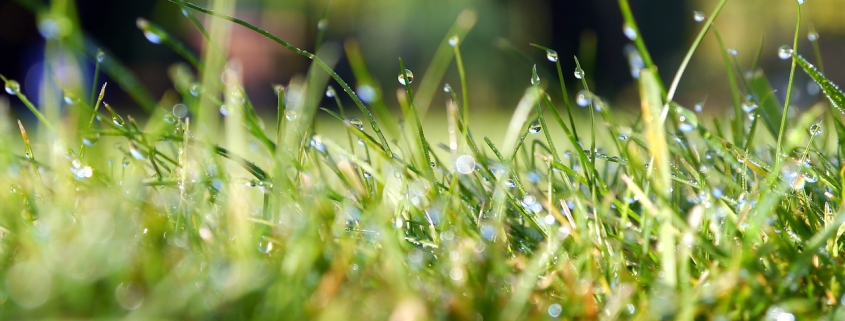Lawn Care Basics
While buying a home might be the American dream, keeping up with one’s lawn just might be every homeowner’s nightmare. A beautiful lawn begins and ends with proper annual care and each yard comes with its own set of unique characteristics that make lawn care decisions seem like a guessing game.
You can order a home test kit or send a soil sample to the local Cooperative Extension for testing. The results will let you know what needs to be added to soil, if anything, to make it ideal for the grass you seed to grow.
The best times to work on your lawn is in the spring between the end of April through mid-June and then again in the fall between the end of August through mid-October.
Grass Seeds: A few cool season grasses that do well here are bluegrass, perennial ryegrass, tall fescue, and fine fescue.
Seed Amount: Often, people buy more seed than they actually need. An average amount is one pound of grass seed for 750 square feet, when starting a new lawn. Seed in spring and fall. If you can only seed one time per year, do it in the fall when your seed has less competition from weeds.
Soil Additives: In general, the soil in our region is acidic. You can regulate this with the addition of lime, which is organic, natural, and very inexpensive.
Fertilizer: Feed your lawn in spring and fall. It needs to be fed while it’s actively growing. Again, if you can only do it once per year, choose the fall when the growth has slowed but the grass is still green.
Aerating: All lawns benefit from aerating. To get good penetration, aerate when the grass is actively growing and the soil is moist. Either water your lawn before aerating or wait until after a good rain.
Watering: If you need to water from time to time, do so in the early morning so the sun can dry the grass. This helps discourage prolonged moisture which can bring disease. You are better off watering thoroughly less often than short spurts more often. The better soaking will encourage deeps roots and will make your lawn more drought-tolerant.
Popular cool-season grasses:
- Bluegrass
- Perennial ryegrass
- Tall fescue
- Fine fescue



 #AugustineNursery
#AugustineNursery






 Stop in to check
Stop in to check

 Open 7 days a
Open 7 days a 




 $5 for
$5 for 




 Hope you’re
Hope you’re


 $5 Friday will feature a
$5 Friday will feature a

